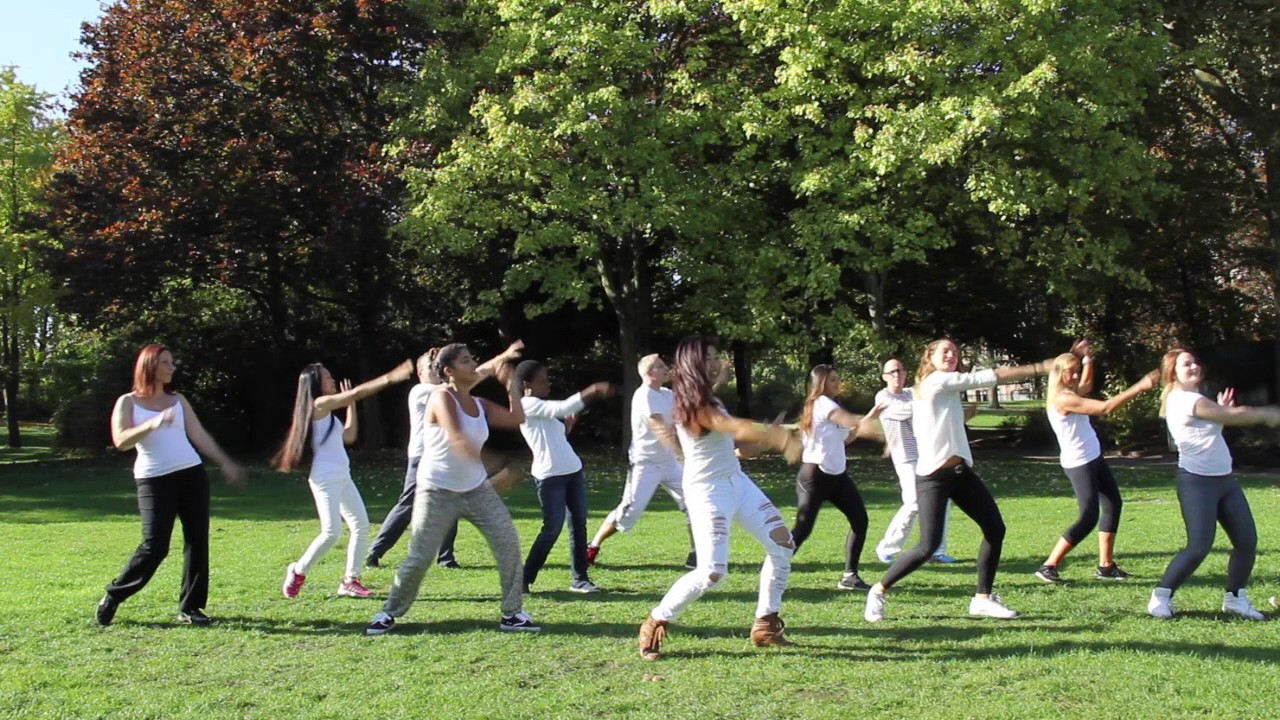I learnt to dance many years ago in a nightclub in Kenya. I was visiting a friend there in the last long vacation of my undergraduate degree. She would tell me, “Don’t sit down” and we would dance all night. I still find it hard to resist getting up to dance when I hear certain rhythms.
I tried a special dance for Parkinson’s class a few years ago but it didn’t really have enough rhythm for me. I recently tried a Zumba class and although it’s not specifically for Parkinson’s I enjoyed it much more. The footwork for the latin songs can get quite tricky especially on the faster songs but you can ‘modify’ it yourself by just keeping moving with the rhythm & simplifying the steps.
If you just want to try it out at home there are loads of zumba workouts on youtube. I typed the title of a song I like followed by “Zumba” and found the following:
“Africa” Yemi Alade & Sauti Sol
Partnered Dancing to Improve Mobility for People With Parkinson’s Disease M. J. de Dreu, G. Kwakkel and
E.E. H. van Wegen Front. Neurosci., 11 Dec. 2015
The rhythm of the music provides a timeframe, aiding in movement execution similarly as auditory cueing, provided that the patient with PD recognizes the rhythm .
An important aspect of music in this context is the “groove.” The groove has been defined as the property of music that compels the body to move. Salsa music to date has not been investigated for groove, however Samba music (also Latin music) was found to contain a high level of groove.
The structure of music (especially high groove and familiar music) may aid in synchronization with the rhythm compared to the isochronous beat of a metronome . This is consistent with general functional perspectives of rhythmic music enabling and facilitating entrainment and precise synchronization of movements and may be specifically important for patients with PD because of the problems in sensory-motor timing.
Argentine Tango for Parkinson’s Disease: Much Better Than a Zimmer! N.P. Quinn, Mov Disord Clin Pract. 2014 Dec; 1(4): 389–390.
As noted by the authors, many strategies have been tried to improve gait and mobility, as well as to encourage and enable physical and mental exercise in people with Parkinson’s disease (PwP). These include visual cues, stepping over objects, rhythmic auditory stimuli, and others.
Dance is considered to be a near‐optimal form of exercise for PwP, providing both motivation through enjoyment and multifaceted activities incorporating musculoskeletal exercise and balance tasks.
Dance therapy improves motor and cognitive functions in patients with Parkinson’s disease. de Natale ER, Paulus KS, Aiello E, Sanna B, Manca A, Sotgiu G, Leali PT, Deriu F. NeuroRehabilitation. 2017;40(1):141-144.
DT is an unconventional physical therapy for PD patients which effectively impacts on motor (endurance and risk of falls) and non-motor functions (executive functions).
A new rhythm Dance benefits Parkinson’s patients By Ruthann Richter 2017
“As physicians, we stress the importance of physical activity, social interaction and mental stimulation to our patients with Parkinson’s disease,” she adds. “Dance for PD gives them all three. But it is much more than a possible therapy or treatment; the PD dancers have told us this type of dance restores their self-image and brings them joy.”
